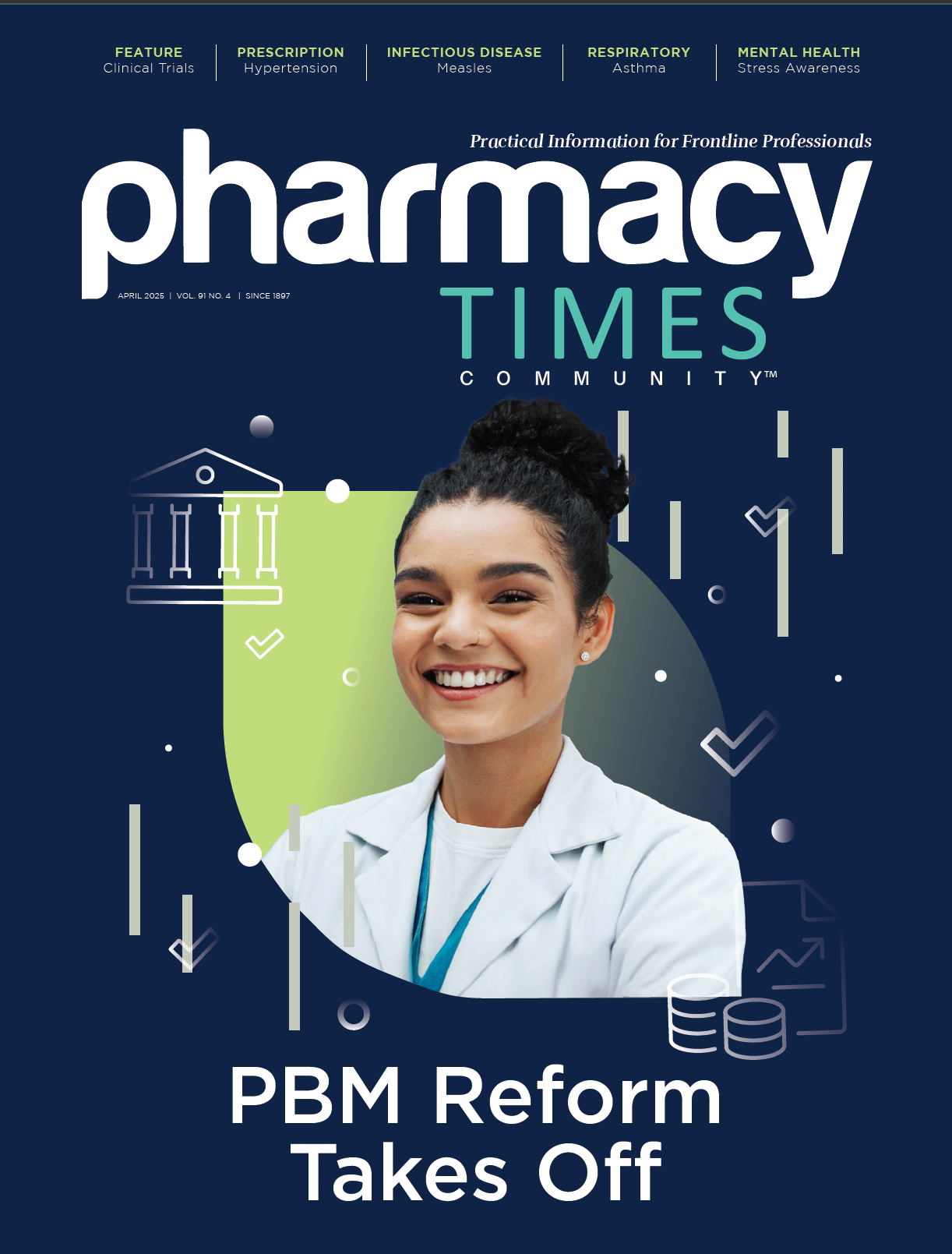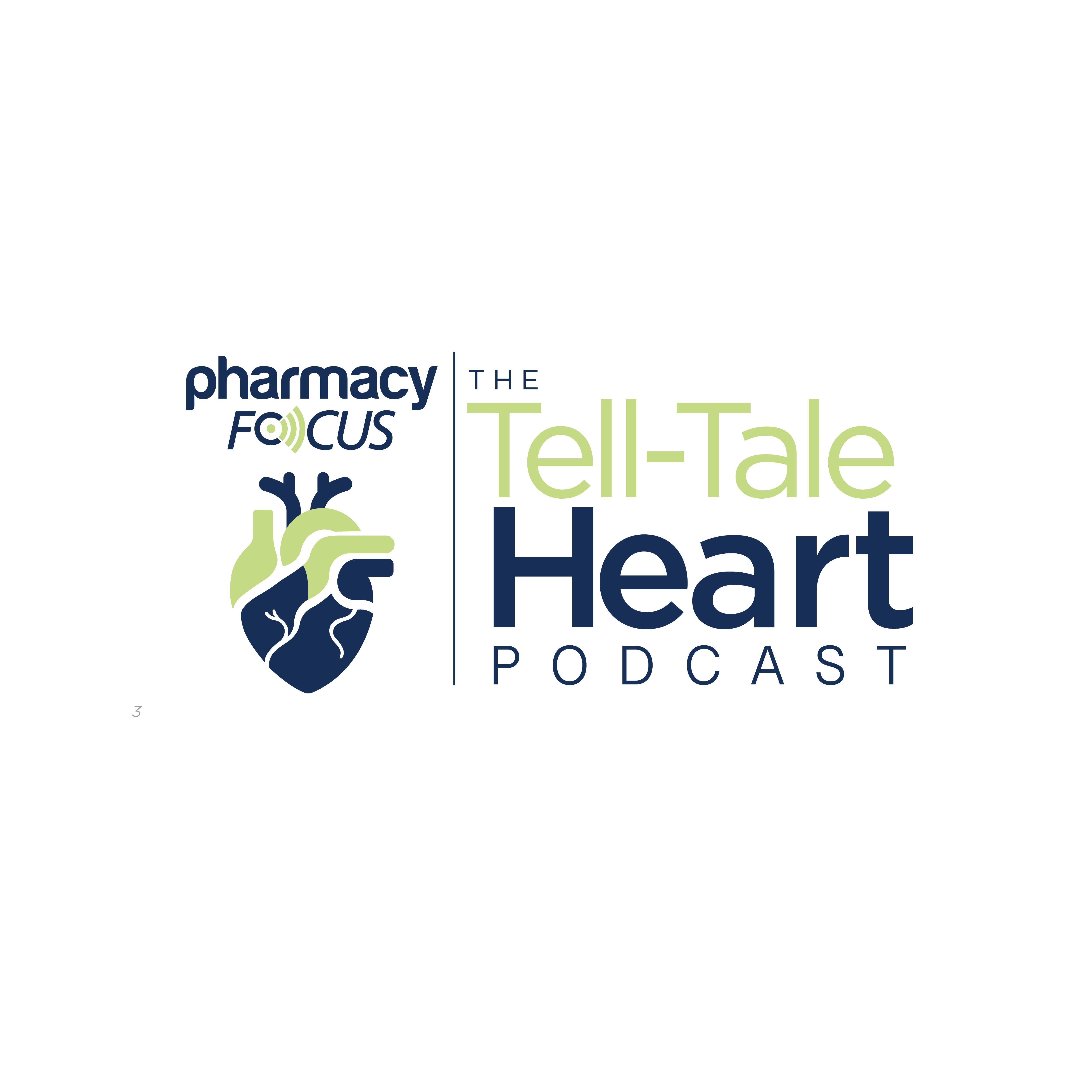Nearly half of all adults in the United States have hypertension, making it a critical focus for health care providers.1 This means that 1 in 2 patients who walk into the pharmacy requires support in managing their blood pressure.
When the heart pumps blood, it creates pressure against the walls of the arteries.2 This pressure is essential for moving blood through the body and delivering oxygen and nutrients to tissues and organs. If the pressure is too high (consistently ≥ 130/80 mm Hg) for an extended period, it can damage the blood vessels and organs. If left untreated, hypertension can lead to serious health problems, such as heart disease, stroke, and kidney damage. Pharmacists, who are among the most trusted and accessible health care professionals, play a crucial role in helping patients manage and maintain their blood pressure levels by educating them about available support tools, lifestyle changes, and medication adherence.
Hypertension can be caused by a variety of factors. Uncontrollable risk factors include age, family history of hypertension, and coexisting conditions such as diabetes, kidney disease, and heart disease.3 Controllable risk factors include a diet high in salts, saturated fats, and alcohol and an unhealthy lifestyle including physical inactivity and tobacco use.3 In some cases, however, the exact cause of hypertension is unknown. This type of elevated blood pressure is referred to as idiopathic, primary, or essential hypertension.4
High blood pressure often has no symptoms, so individuals may not experience any significant signs.5 Those who have consistently high blood pressure may experience headaches, dizziness, blurred vision, and chest pain.4 This is why regularly tracking and monitoring blood pressure are the first key components in taking the necessary steps to maintain a healthy range. Pharmacists are instrumental in educating patients about the various blood pressure log tools available to track their readings daily.6 Many of these tools now come in the form of mobile apps, allowing users to easily record and monitor their blood pressure trends. There are traditional paper-based logs and printable charts that can be used for manual tracking; the American Heart Association and CDC both have easy-to-print log templates available on their websites.7,8 Pharmacists should assist patients in finding a logging method that suits their individual needs and preferences. Although some patients may benefit from a digital tool, others may prefer the simplicity of paper and pencil. These tools are valuable in helping individuals stay on top of their blood pressure level and supporting effective communication with their health care teams.
Along with regular monitoring, making key lifestyle changes can significantly help manage and even prevent hypertension. Counseling patients on the following lifestyle modifications can help ensure the best outcomes9,10:
- Adopt a heart-healthy diet, such as the Dietary Approaches to Stop Hypertension diet, which highlights fruits, vegetables, whole grains, and lean proteins.
- Reduce sodium intake.
- Limit alcohol consumption.
- Engage in daily physical activity (30 minutes of moderate exercise, such as walking, running, swimming, dancing, or lifting weights).
- Maintain a healthy weight.
- Manage stress through relaxation techniques such as meditation or yoga.
- Quit smoking, if applicable.
By making these changes, individuals can take proactive steps in managing hypertension and reducing their risk of serious health complications.
Finally, pharmacists play an essential part in supporting patients with hypertension management by counseling on the importance of medication adherence, answering questions about potential adverse effects, and offering tips for managing medication schedules.11 There are various classifications and types of blood pressure medications, making it critical to review the medication’s purpose, confirm the correct dosage, and advise the patient to contact their pharmacy or physician if they experience any adverse effects or intend to take any supplements or OTC medications to avoid potential interactions. Some common adverse effects include dizziness, headaches, swelling in the legs or feet, and stomach problems.11
About the Author
Melissa Russo, PharmD, is director of clinical education and program implementation for Rite Aid Corporation. In this role, she and her team provide education and implementation support to Rite Aid's field leaders and store locations to ensure successful outcomes of all clinical programs and initiatives.
Additionally, to ensure the best patient outcomes, it is important to proactively collaborate with health care providers to monitor progress, ensure proper medication use, and address any barriers to adherence. Each pharmacy establishment may use its own set of tools to support patient-centered blood pressure management. Common tools include patient information materials, adherence opportunity identification programs, platforms for medication therapy management opportunities, and specialized initiatives focused on hypertension management and follow-up care.
Hypertension is one of the most prevalent conditions affecting people, and although its management can appear complex, pharmacists are well equipped to simplify the process for their patients. By combining lifestyle modifications such as diet and exercise with appropriate pharmacologic interventions and regular monitoring, patients can successfully control their blood pressure and improve their overall health. Pharmacists are trained to provide counseling that helps patients fully understand their disease management and individualized treatment plan. With ongoing education and proactive care, hypertension can be effectively controlled, empowering individuals to lead healthier lives and achieve optimal health.
REFERENCES
1. Fryar CD, Kit B, Carroll MD, Afful J. Hypertension prevalence, awareness, treatment, and control among adults age 18 and older: United States, August 2021–August 2023. NCHS Data Brief. 2024;511:1-11. doi:10.15620/cdc/164016
2. About high blood pressure. CDC. January 28, 2025. Accessed March 11, 2025. https://www.cdc.gov/high-blood-pressure/about/index.html
3. Hypertension. World Health Organization. March 16, 2023. Accessed March 11, 2025. https://www.who.int/news-room/fact-sheets/detail/hypertension
4. Iqbal AM, Jamal SF. Essential hypertension. In: StatPearls. StatPearls Publishing; 2025. Accessed March 11, 2025. https://www.ncbi.nlm.nih.gov/books/NBK539859/
5. What is high blood pressure? American Heart Association. Updated May 23, 2024. Accessed March 11, 2025. https://www.heart.org/en/health-topics/high-blood-pressure/the-facts-about-high-bloodpressure
6. Find high blood pressure tools and resources. American Heart Association. Updated May 7, 2024. Accessed March 11, 2025. https://www.heart.org/en/health-topics/high-blood-pressure/find-highblood-pressure-tools--resources
7. My blood pressure log. American Heart Association. 2024. Accessed March 11, 2025. https://www.heart.org/-/media/files/health-topics/high-blood-pressure/my-blood-pressure-log.pdf
8. My blood pressure log. CDC. Accessed March 11, 2025. https://www.cdc.gov/heart-disease/docs/My_Blood_Pressure_Log.pdf
9. Managing blood pressure with a heart-healthy diet. American Heart Association. Updated May 22, 2024. Accessed March 11, 2025. https://www.heart.org/en/health-topics/high-blood-pressure/changes-youcan-make-to-manage-high-blood-pressure/managing-blood-pressurewith-a-heart-healthy-diet
10. How to manage high blood pressure. American Heart Association. Updated May 21, 2024. Accessed March 11, 2025. https://www.heart.org/en/health-topics/high-blood-pressure/changes-you-can-make-tomanage-high-blood-pressure
11. Managing high blood pressure. CDC. December 13, 2024. Accessed March 11, 2025. https://www.cdc.gov/high-blood-pressure/living-with/index.html







